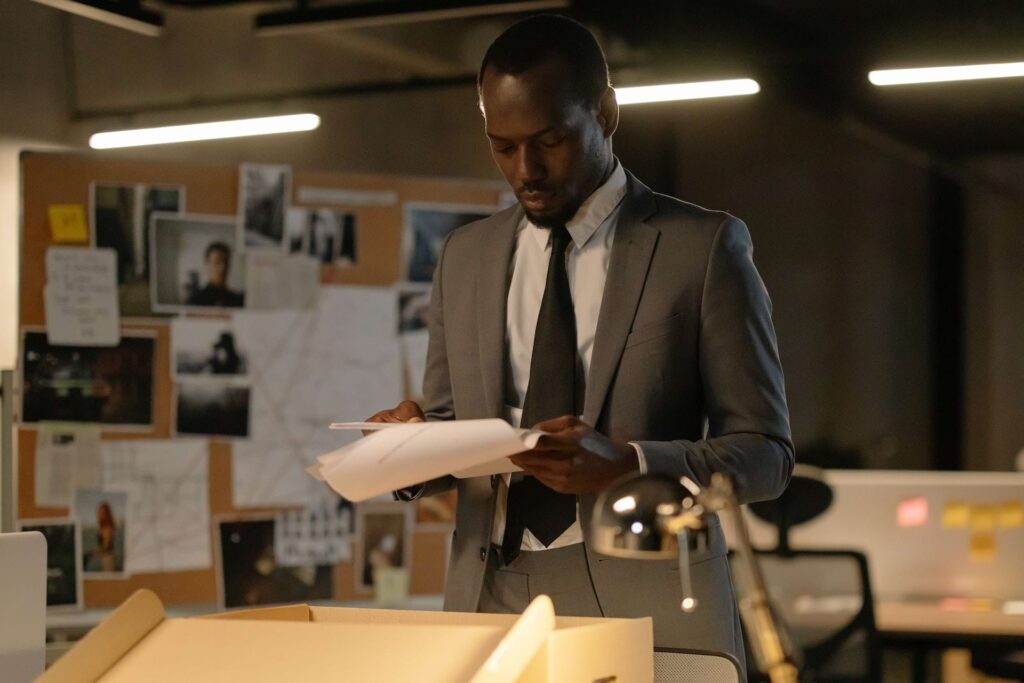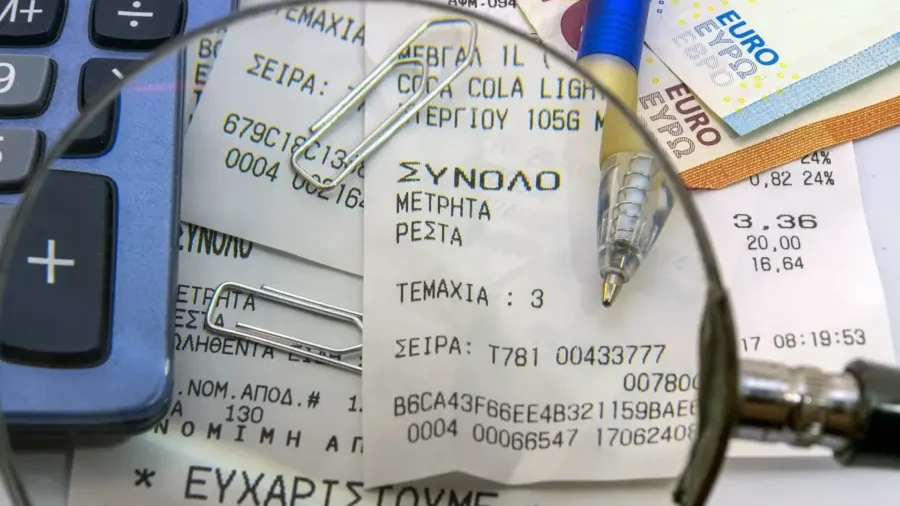During workplace investigations, having useful evidence plays a crucial role in establishing facts and determining the appropriate course of action to move forward with. Across the range of cases they work with, investigators will come across several different types of evidence they can utilise in their decision-making processes.
Each piece of evidence will contribute in different ways to the investigation depending on its source, objectivity, credibility and the information it offers. Keep in mind however that not all evidence is equal, and different types can carry different levels of significance and reliability. An investigator must have the ability to examine all the evidential puzzle pieces and not only decide which are applicable to the situation but how to evaluate them effectively to ensure a fair outcome
This can be tough when each case can come with so many different types of data and information to look into and assess. Having knowledge of the differing types of evidence is advantageous as it enables investigators to discern how the various forms interrelate and should be employed to make important investigative decisions (even in scenarios where an investigator must conclude that there is insufficient evidence to reach any verdict at all).

Examples of Useful Evidence
There are several categories under which different types of evidence can be grouped, some of which are described below. Keep in mind that, depending on the context of the issue, some types of useful evidence can actually fall under more than one category- for example, a video recording could be a form of both digital and direct evidence.
1. Direct Evidence
The first thing that comes to mind when thinking about useful evidence is direct evidence. Direct evidence refers to pieces of evidence that directly disprove or proves a fact regarding the case. It’s a powerful tool to have in your investigation because it provides clear and convincing proof of an event or situation, without the need for inference or interpretation.
Direct evidence is often favoured in investigations because it’s more persuasive and less susceptible to bias, which helps investigators build stronger cases.
2. Circumstantial Evidence
Circumstantial evidence is the opposite of direct evidence – it cannot prove or disprove a fact of the case on its own but indirectly supports a certain inference or conclusion. It works in conjunction with the facts of a case to help draw the bigger picture of what occurred through deductive reasoning.
For example, a manager who frequently assigns unfavourable tasks to a particular employee could be engaging in discrimination but this would need to be investigated further before any conclusions were made.
3. Documentary Evidence
Documentary evidence is essentially any material that has been written or recorded in some manner. In the workplace, examples of documentary evidence can include financial records, employee policy manuals, email exchanges, receipts and invoices, meeting minutes and audio or video recordings etc.
These records are helpful when building the facts of a case (i.e. establishing a timeline of events) but must also be checked for authenticity and reliability beforehand to ensure they have not been tampered with.
4. Physical Evidence
Another example of useful evidence is physical evidence. Physical evidence includes any tangible items that are of importance to the workplace investigation. These objects can be great sources of objective and verifiable information which is necessary in order to support or refute any claims. Physical evidence has to be collected and handled carefully to make sure it remains as close to its original as possible – any contamination could damage its reliability and may even prevent it from being admissible in potential legal proceedings.

5. Testimonial Evidence
Testimonial evidence refers to evidence provided by witnesses who are connected to the incident in some manner. This typically includes individuals who observed or are directly involved with an event as well as anyone brought in to share their relevant expertise or knowledge.
Testimonial evidence can be provided verbally or in writing and can be given in person, over the phone, or in the form of a written statement or affidavit. Investigators should also take into account the credibility and reliability of the witnesses providing the evidence, as well as any biases or motivations they may have.
6. Expert Evidence
Expert evidence is testimony provided by a qualified individual in a specific field, which can be used to substantiate or challenge a claim. For example, in a workplace investigation, expert evidence could be a medical report from a doctor or a scientific analysis from a specialist.
Such evidence is particularly valuable because it draws on the knowledge and expertise of professionals who can offer informed opinions on complex issues. In some cases, expert evidence may be the deciding factor in a case, helping investigators to understand technical or specialized aspects of the case and to make a more informed decision based on the available evidence.
7. Character Evidence
Character evidence aims to provide proof of someone’s character, traits and/or reputation through which inferences can be made about their intentions or potential actions. It can include testimony from coworkers and/or managers who have worked with the employee as well as records of previous misconduct or disciplinary action.
Whilst no character evidence can claim for certain that an individual will behave in a certain way (because past actions or habits are not an accurate predictor for future behaviour), it can help paint a better picture of one’s intent, motive, or opportunity. However, character evidence is a lot more subjective and prone to greater personal bias and should only be used in conjunction with additional evidence.
Each type of evidence has its own unique characteristics, strengths, and limitations, and being able to identify and evaluate them properly can greatly improve the quality and accuracy of the investigation. Investigators must also be mindful of the potential biases and challenges associated with each type of evidence and take steps to mitigate them.
Whether investigators collect useful evidence can heavily rely on the case and the types of information that is available. By utilising a variety of evidence types, investigators can build a more comprehensive and reliable case, leading to better-informed decisions and outcomes.
Let's Get Started
Interested in learning more about how Polonious can help?
Get a free consultation or demo with one of our experts




